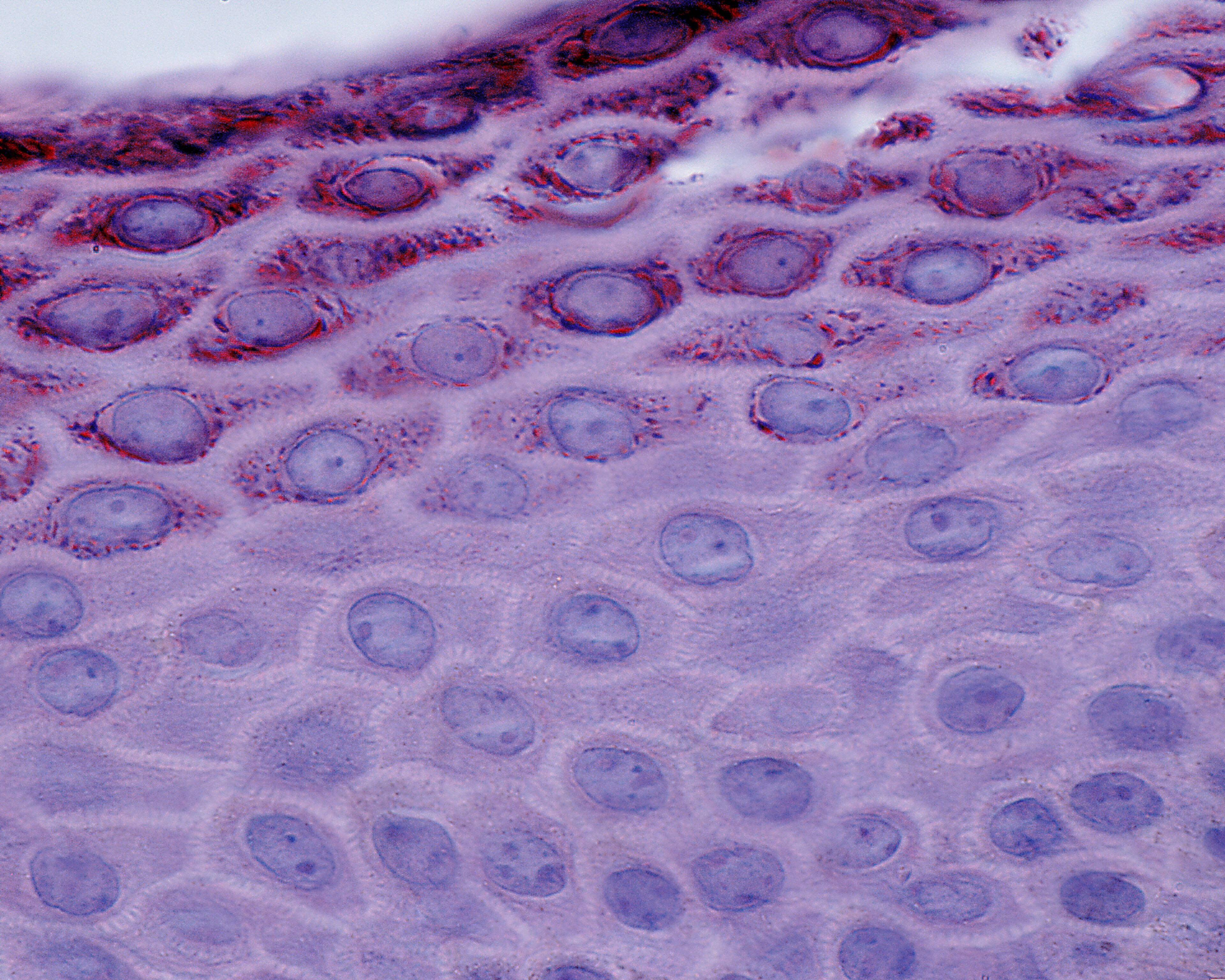- Acne
- Actinic Keratosis
- Aesthetics
- Alopecia
- Atopic Dermatitis
- Buy-and-Bill
- COVID-19
- Case-Based Roundtable
- Chronic Hand Eczema
- Drug Watch
- Eczema
- General Dermatology
- Hidradenitis Suppurativa
- Melasma
- NP and PA
- Pediatric Dermatology
- Pigmentary Disorders
- Practice Management
- Precision Medicine and Biologics
- Prurigo Nodularis
- Psoriasis
- Psoriatic Arthritis
- Rare Disease
- Rosacea
- Skin Cancer
- Vitiligo
- Wound Care
Article
Back to basics: Understanding the epidermis
Author(s):
Knowledge of epidermal structure and function can improve understanding of disease pathogenesis and ultimately help dermatology providers evaluate and diagnose patients.
Knowledge of epidermal structure and function can improve understanding of disease pathogenesis and ultimately help dermatology providers evaluate and diagnose patients. (JosLuis - stock.adobe.com)

Dr. Lee

Dermatologists’ knowledge of epidermal structure and function can improve their understanding of disease pathogenesis and ultimately help dermatology providers evaluate and diagnose patients, according to Carolyn Lee, M.D., Ph.D., who addressed “Structure and Function of the Epidermis,” as part of the panel, “Structure and Function of the Skin: Development, Cell Biology and Skin Structure,” on Friday, March 3, at the 2019 American Academy of Dermatology Annual Meeting in Washington, DC.
Dr. Lee, assistant professor of dermatology at Stanford University, says that it’s important that dermatologists appreciate that the main purpose of the epidermis is to function as a barrier.
“Specifically, [dermatologists should] become familiar with the features of the epidermis that allow it to protect us against water loss, ultraviolet radiation and immunologic insult,” Dr. Lee says.
Key points to keep in mind about the epidermis, according to Dr. Lee’s presentation, are:
- Keratinocytes are the main cells of the epidermis.
- The epidermal layers in ascending order are: basal, spinous, granular and cornified.
- Basal cells are undifferentiated, proliferating cells.
- Keratinocytes are connected to each other by desmosomes.
- Profilaggrin is an important component of keratohyalin granules.
- The cornified layer is the major physical barrier.
- The number and size of melanosomes - not melanocytes - determine skin color.
- Langerhans cells are derived from bone marrow and function as a vital part of the skin’s immunologic defense.
Disclosures:
Dr. Lee reports no relevant disclosures.
Newsletter
Like what you’re reading? Subscribe to Dermatology Times for weekly updates on therapies, innovations, and real-world practice tips.














